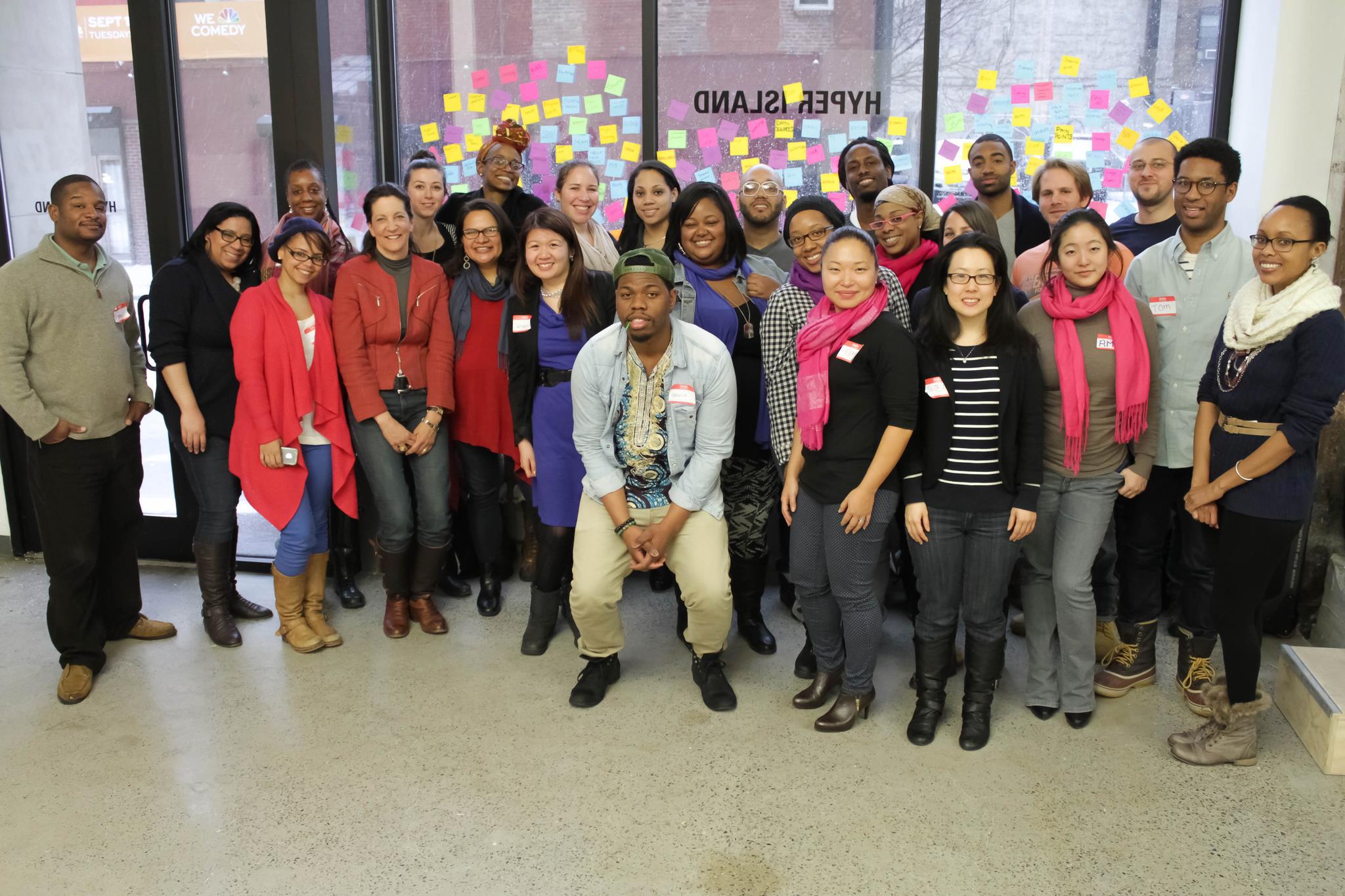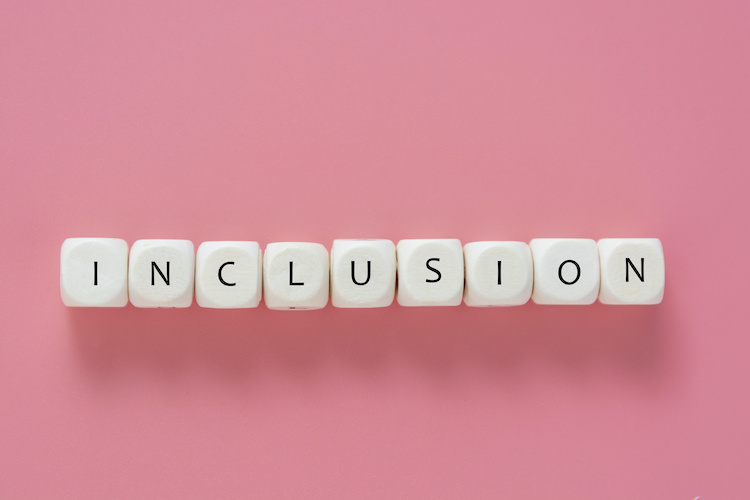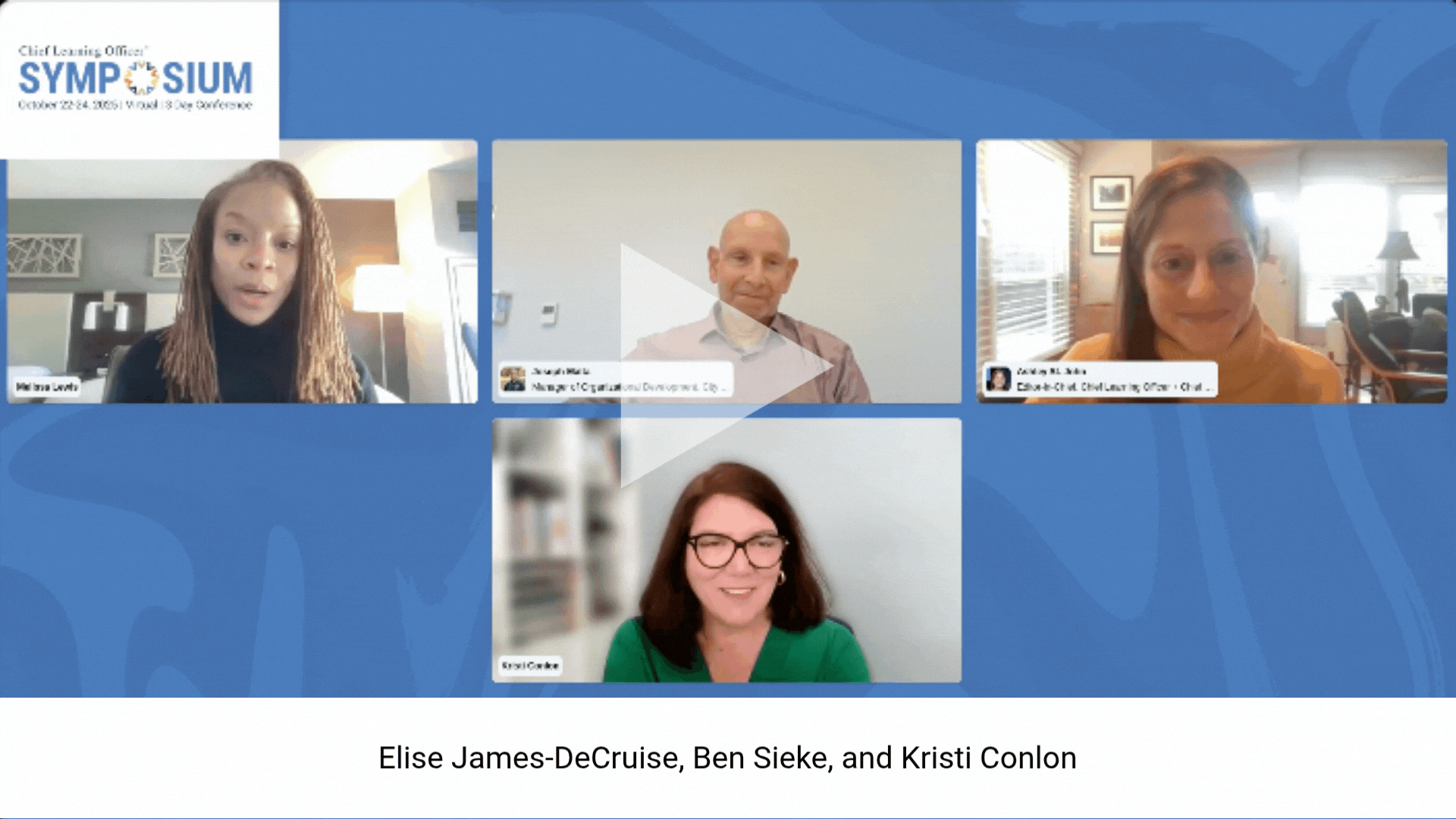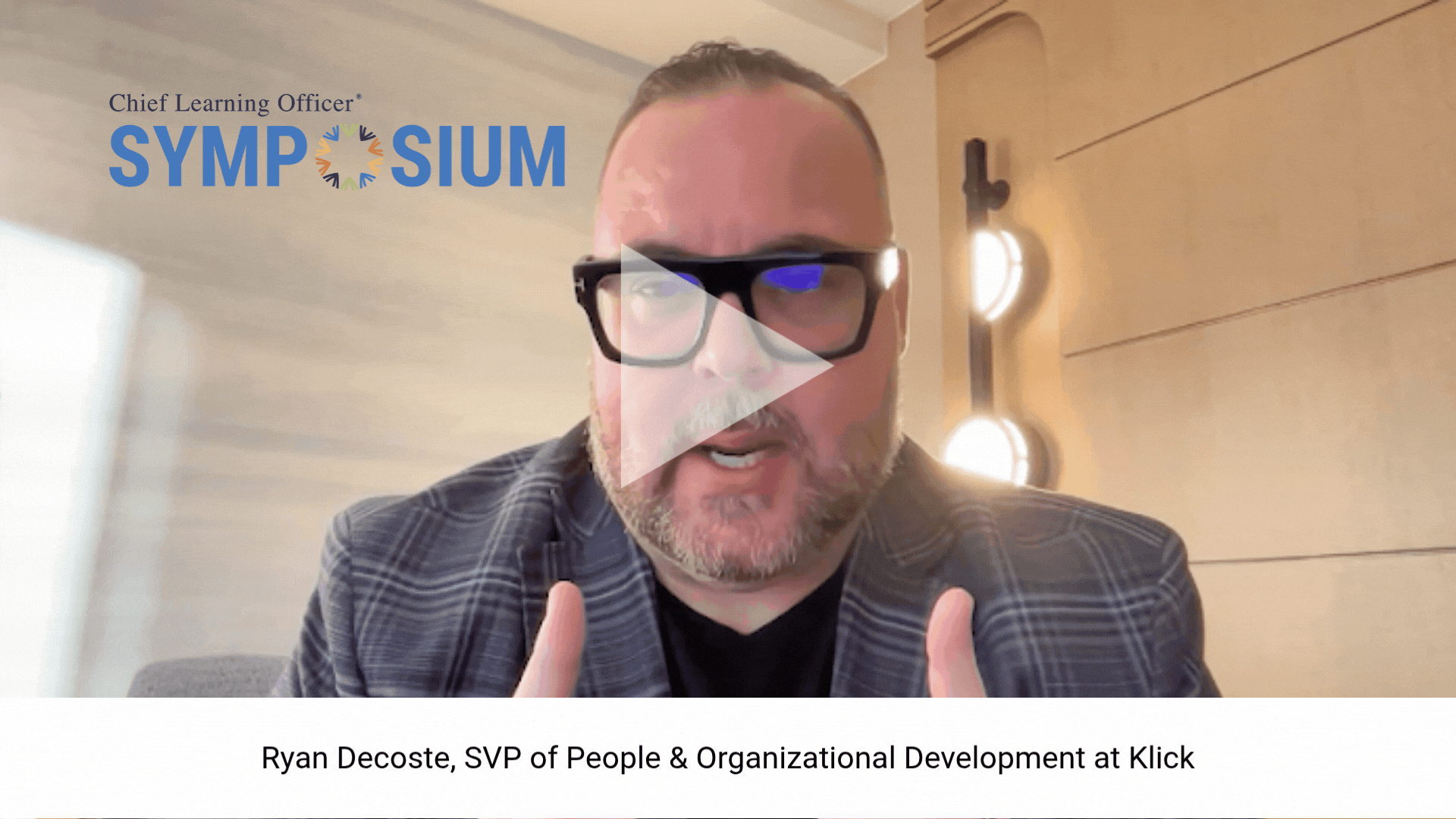-
Designing an equitable future for immersive learning
Immersive learning is rapidly demonstrating its power to transform learning and work at every level.
-
5 ways to integrate DEI into L&D
Here are five actionable takeaways for combining your DEI efforts with learning and development.
-
Want to attract new talent? Here are three strategies to get more Gen Z resumes in your inbox
Today’s workforce is on the brink of extinction unless they can figure out how to create companies that match the values of their new hires. Here are three ideas to catch the attention of Generation Z.
-
DEI: Why hiring alone isn’t a magic fix
While hiring practices are a critical component of a DEI program, to be successful, they must be flanked by other efforts, including a comprehensive plan that creates a culture shift toward a more inclusive, diverse and equitable workforce.
-
Achieving LGBTQ representation in STEM
LGBTQ rights have evolved significantly in the past 30 years, but many STEM companies, IT departments and academic environments are still mired in a culture shaped by bias and exclusion. It’s not easy to rebuild company culture, but leaders who prioritize inclusion will reap the financial and strategic rewards inclusivity can bring.
-
A diversity training success story
Here’s how marketing services firm Ansira was able to help managers recognize their own biases and change their behavior for the better.
-
What’s holding inclusion back? Leaders’ behavior.
Only 31 percent of employees believe their leaders promote an inclusive environment, according to a recent report by DDI. Numbers like these beg the question, why aren’t leaders more inclusive? There are a few key obstacles holding them back.
-
Psychological safety: an overlooked secret to organizational performance
Psychological safety is an essential foundational component for innovation, divergent thinking, creativity and risk-taking — but it should not be confused with comfort. There are a number of small behaviors leaders can cultivate to help their teams take more interpersonal risks to increase psychological safety.
- BUDDY PASS NOW AVAILABLE on CLO Symposium Registration, CLO Accelerator Enrollment and Membership.
- BUDDY PASS NOW AVAILABLE on CLO Symposium Registration, CLO Accelerator Enrollment and Membership.
- BUDDY PASS NOW AVAILABLE on CLO Symposium Registration, CLO Accelerator Enrollment and Membership.
- BUDDY PASS NOW AVAILABLE on CLO Symposium Registration, CLO Accelerator Enrollment and Membership.

















